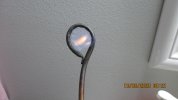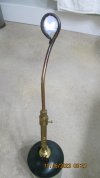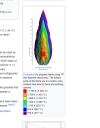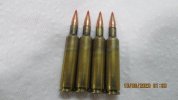Hey All, I am new to this site and looking forward to learning from you all and hopfully contributing to certain topics when I can.
My first question is what temperature do you recommand annealing 338 Lapua and 6.5 creedmoor brass?
For .338 Lapua I have Hornady and Lapua brass
For 6.5 I also have Hornady and Lapua brass.
I will be using a Brustfire Annealing Gen 2 Annealing station. If you have experince using this set up, I will love to know what timer you have set for each as well.
Look forward to hearing everyones personal experince and recommendations.
My first question is what temperature do you recommand annealing 338 Lapua and 6.5 creedmoor brass?
For .338 Lapua I have Hornady and Lapua brass
For 6.5 I also have Hornady and Lapua brass.
I will be using a Brustfire Annealing Gen 2 Annealing station. If you have experince using this set up, I will love to know what timer you have set for each as well.
Look forward to hearing everyones personal experince and recommendations.




